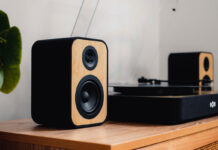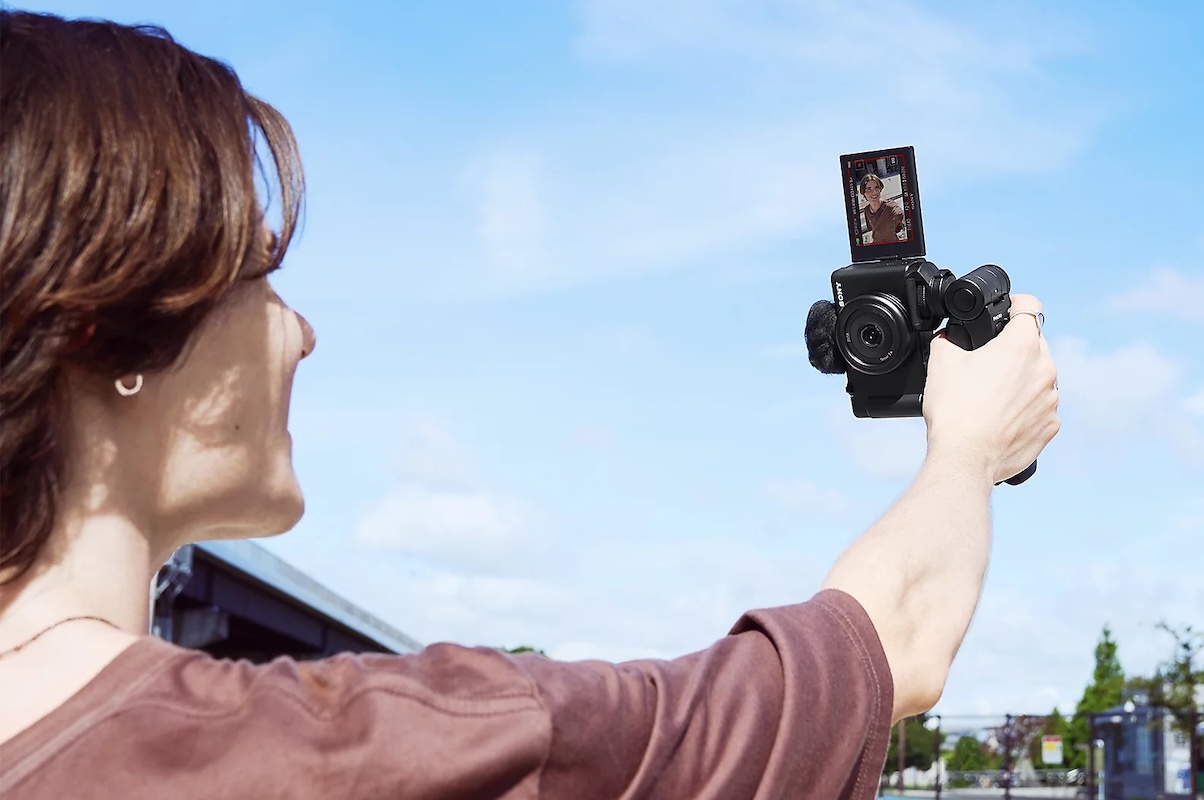
From capturing your lakeside camping adventures to your child’s first bike ride, the right camera makes all the difference. Smartphone photography is incredibly convenient, but in terms of quality and speed of capture, a smartphone can only take you so far. That’s where mirrorless cameras vs point-and-shoots come in.
A mirrorless camera is a compact version of a DSLR that skips the mirror mechanism. Mirrorless camera bodies deliver excellent image quality, offer interchangeable lenses, and pack serious creative control. On the other hand, a point-and-shoot camera is designed for simplicity. They’re small, easy to use, and typically more powerful than your average smartphone (especially when it comes to zoom and low-light shots).
In this guide, we’ll break down the key differences between these two popular types of cameras to help you figure out which one is best for you. Get ready for an easy read that’s packed with everything you need to know—especially if you’re a new or casual photographer looking to upgrade your camera game.
What is a mirrorless camera?
A mirrorless camera is a type of digital camera without a mirror or optical viewfinder. Unlike a DSLR, in which a mirror bounces light from the lens to the viewfinder to let you preview your shot, mirrorless cameras send light directly to the image sensor. They let you preview your exact digital image on a LCD screen or an electronic viewfinder.
Without the mirror, these cameras have lighter and smaller bodies than DSLRs but can be just as powerful and high-quality. They’re a favourite among hobbyists and professional photographers, as well as content creators and vloggers who need top-notch photo and video. If you’re looking to capture professional, super-high-quality photos and video, your choice should be between a mirrorless versus a DSLR camera—not between a mirrorless vs a point-and-shoot camera.
What makes mirrorless cameras stand out:
- Interchangeable lenses: Swap between wide-angle, macro, zoom, and telephoto lenses—whatever suits your shot.
- Larger sensors: Both APS-C and full-frame sensors deliver great detail and low-light performance.
- Advanced features: 4K video, fast (and quiet) autofocus, manual controls, and excellent dynamic range.
What is a point-and-shoot camera?
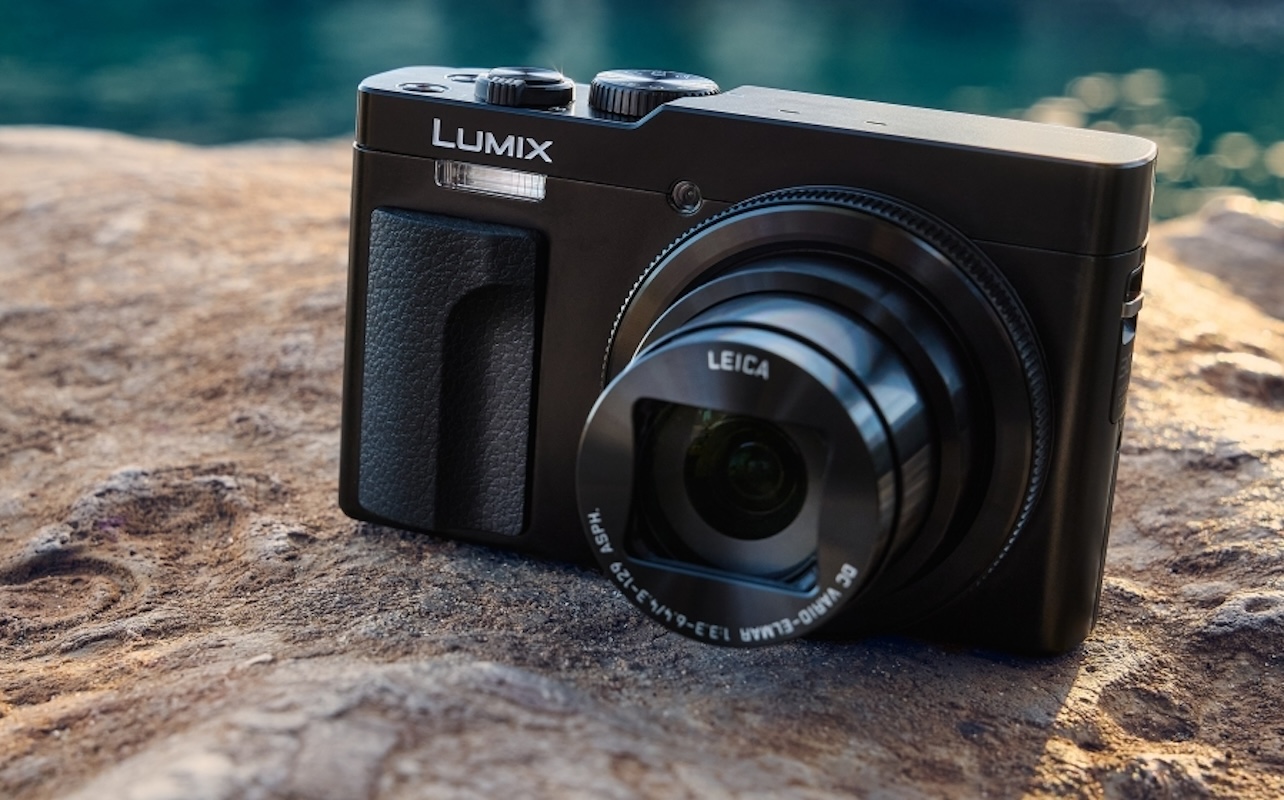
A point-and-shoot camera is exactly what it sounds like. You point it at your subject, press the shutter, and click. These cameras are compact, user-friendly, and all-in-one. Their lens is built in and there’s very little setup involved. Families love point-and-shoot cameras for easily documenting events, vacations, and milestones. They’re also popular at festivals and concerts, where you want to be able to grab your shot and then get right back to dancing.
With minimal setup, point-and-shoot cameras help you focus on enjoying the moment rather than fiddling with complex camera settings. They’re also great for travelers who need something lightweight and portable, and casual photographers looking for better quality than what a smartphone can offer. Make sure to check out our beginner’s guide on point-and-shoot cameras if that sounds like the photography experience you’re looking for.
Why people love point-and-shoot cameras:
- Compact and lightweight: Fits easily into your bag or pocket.
- Easy to use: No need to mess around with lenses; manual settings are all optional.
- Affordable: Significantly lower price point compared to mirrorless or DSLR cameras.
Key differences between mirrorless cameras vs point-and-shoot cameras
When it comes to mirrorless vs point-and-shoot, choosing is really about what matters most to you—convenience, flexibility, or image quality. Here’s a breakdown of the key areas.
Image quality and sensor size
Mirrorless cameras typically come with larger micro four thirds, APS-C, or full-frame sensors. These sensors collect more light than the sensors in a point-and-shoot camera or smartphone. With more light being captured on the sensor, your results will be clearer and more detailed—especially in low-light conditions. Mirrorless cameras are great indoors and at dusk and dawn, filling in the sunrise or sunset with the rich hues you see in real life. To learn more about this type of camera body, make sure to check out Best Buy’s mirrorless camera breakdown.
Point-and-shoot cameras often use one-inch or smaller sensors. They work well in good lighting but can struggle in dim environments. Depending on the model, they’re still a step up from most smartphone sensors, offering better zoom and sharper image quality, but they won’t compete with the depth and clarity that a mirrorless camera delivers.
Lens flexibility and upgrade potential
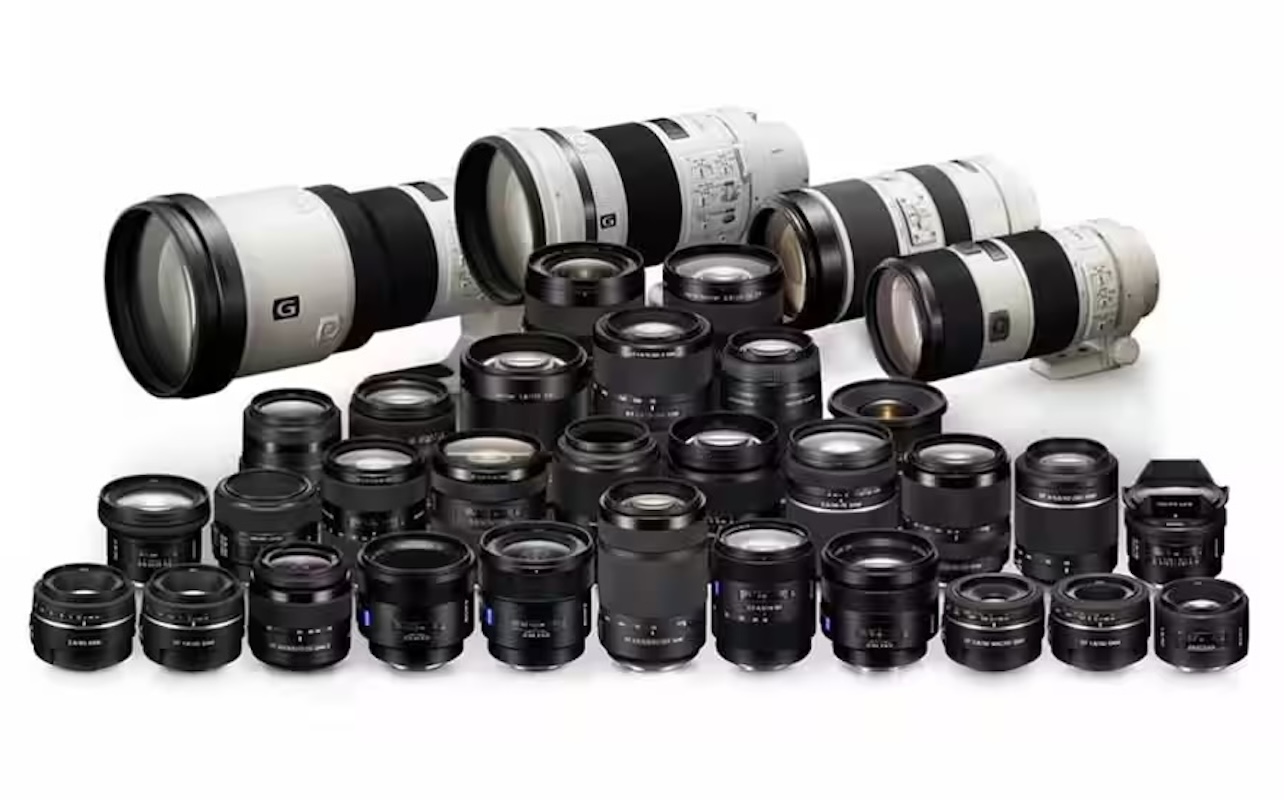
A major factor in the mirrorless camera vs point-and-shoot decision is the ability to swap lenses. Mirrorless cameras support a wide variety of lenses—from ultra-wide for landscapes to telephoto for wildlife photography. You can build your kit over time, adapting your gear to match your style.
The type of camera lenses affects image quality, which is why mirrorless cameras are such a great entry point into photography. You can start a hobbyist photography kit at a low cost; then, if you decide you want to invest in higher-quality lenses, you can do so while still keeping your original camera body. If your starter mirrorless camera has a full-frame sensor, you take it all the way from filming recitals to becoming a full-time photographer.
In contrast, point-and-shoot cameras have fixed lenses. Some do offer impressive optical zoom, but you’re limited to what’s built in. For casual users, that’s totally fine. But if you see yourself diving into different photography styles, the flexibility of mirrorless cameras is a clear advantage.
Manual controls and customization
Mirrorless cameras give you full manual control over your settings—shutter speed, ISO, aperture, white balance, and more. These settings let you tailor your shots to match your creative vision. You can also easily switch to auto mode for automatic settings.
Point-and-shoot cameras usually offer automatic settings and limited manual options. The manual modes you’ll see on point-and-shoot cameras aren’t as robust or customizable as what you’d find on a mirrorless setup.
Portability and convenience
When it comes to portability, mirrorless cameras vs point-and-shoot is an easy comparison. Point-and-shoots are compact, lightweight, and can slip into a jacket pocket or purse. They’re perfect for travel, street photography, or capturing spontaneous moments.
Mirrorless cameras are smaller than DSLRs, but they’re still bulkier than point-and-shoots. When you add lenses and accessories, they become even bulkier. They’re still very portable overall, but you’ll want a camera bag to carry your gear comfortably.
Price range and long-term investment
Point-and-shoot cameras are more budget-friendly: no need to invest in lenses or accessories. They’re great for beginners or those who just want better-than-phone quality without breaking the bank.
Mirrorless cameras start at a higher price point, especially when you factor in lenses and extra gear. But they offer a long-term investment—you can upgrade lenses instead of replacing the whole camera. If you plan to grow as a photographer, the initial cost can pay off in the long run.
Pros and cons of mirrorless cameras
| Camera type | Pros | Cons |
|---|---|---|
| Mirrorless camera | • Larger sensors mean better low-light performance, fine detail, and excellent image quality. • Interchangeable lenses give you full creative control over your shots. • It’s ideal for both photos and video, with many models offering 4K or even 6K recording. • Customizable manual settings are perfect for learning and growing your skills. | • It has higher upfront cost, especially when adding lenses and accessories. • Face a steep learning curve if you’re new to photography and want to go beyond Auto mode. • It’s bulkier and heavier than point-and-shoots, particularly with telephoto or zoom lenses. |
| Point-and-shoot camera | • Simple and beginner-friendly with automatic modes take the guesswork out of photography. • Ultra-portable design fits in your pocket or small bag with ease. • Lower price point makes them great for budget-conscious buyers or as a travel backup. | • Limited manual controls give you less room to experiment creatively. • Fixed lenses mean you’re limited to what’s built in—no upgrades. • Smaller sensors limit performance in low-light settings and reduce overall image sharpness. |
Which camera is right for you?

Here’s where it comes down to your lifestyle, goals, and budget. When considering the mirrorless vs point-and-shoot decision, ask yourself how much flexibility and quality you need—and how much time you want to spend learning. There’s no universal decision for which type of camera is better; only which one is better for your specific needs.
Choose a mirrorless camera if:
- You want to grow your skills, explore manual settings, and get creative with your photography.
- You care about top-tier image and video quality, including the ability to shoot in low light or create a blurry background (bokeh) effect.
- You want the option to invest over time in lenses, gear, and accessories.
Choose a point-and-shoot camera if:
- You want to capture great photos easily and quickly.
- You need something lightweight and convenient for travel, family events, or quick outings.
- You’re on a budget but want a reliable upgrade over your smartphone camera.
These guidelines are here to help you think through what matters most—whether it’s portability, price, performance, or creative control. Maybe you’ll start with a point-and-shoot to get comfortable, then move up to a mirrorless as your confidence grows. Or maybe you’re already ready to dive into the deep end with full manual control and interchangeable lenses.
Final verdict: Should you go mirrorless or stick with point-and-shoot?
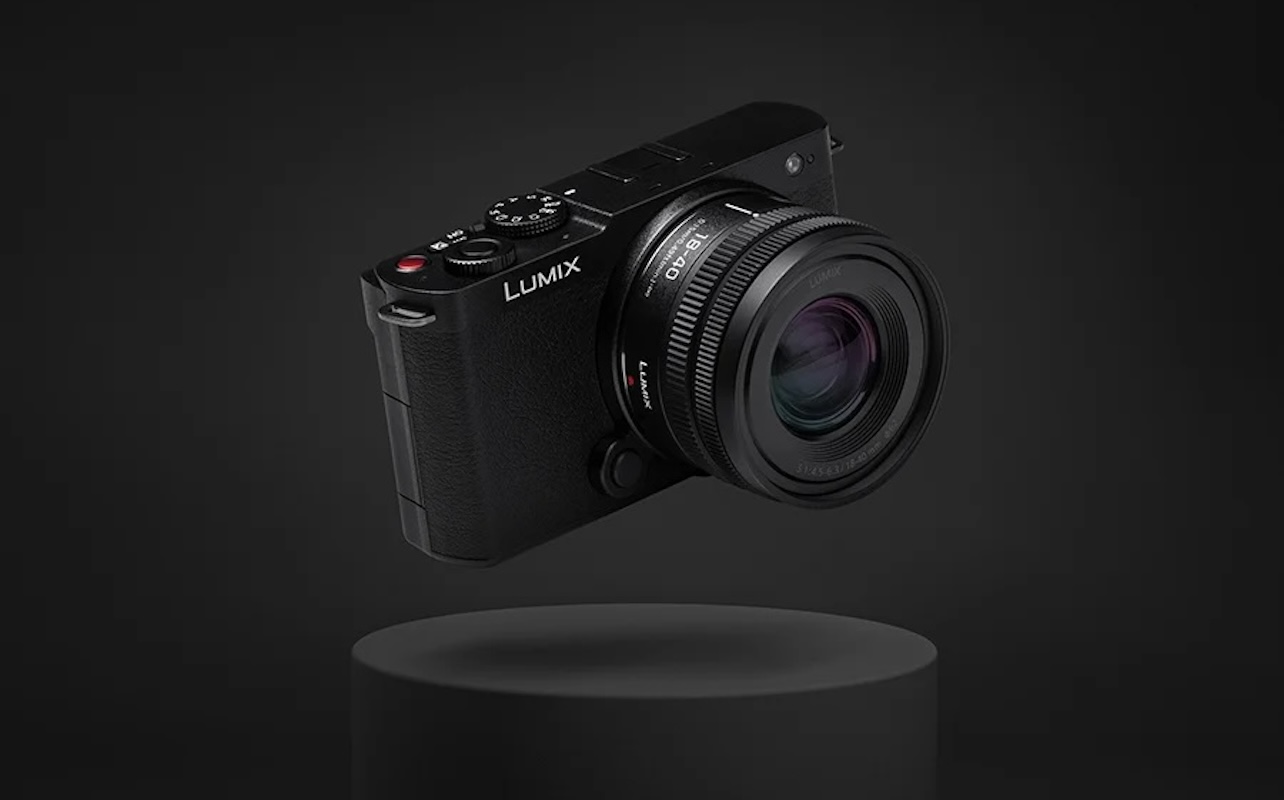
In the mirrorless camera vs point-and-shoot camera showdown, both have clear strengths. Mirrorless cameras offer more power, flexibility, and room to grow, making them a fantastic choice for hobbyists, creators, and aspiring pros. But point-and-shoots are champions of simplicity—portable, affordable, and ready to go whenever you are.
Take a moment to think about your goals. Are you planning to print your photos, shoot videos for YouTube, or learn manual photography? If so, then mirrorless is likely your match. Are you going on vacation or just want a reliable camera to toss in your bag? Well, point-and-shoot is the no-stress choice. No matter which direction you go, you’re levelling up from smartphone snaps—and that’s a big win.
It’s time to discover the right fit for your photography style. Find the right camera for you at Best Buy Canada and explore mirrorless cameras and point-and-shoot cameras to start your photography journey off with confidence.
This article was drafted using AI technology and then reviewed, fact-checked, and revised by a member of our editorial team.





